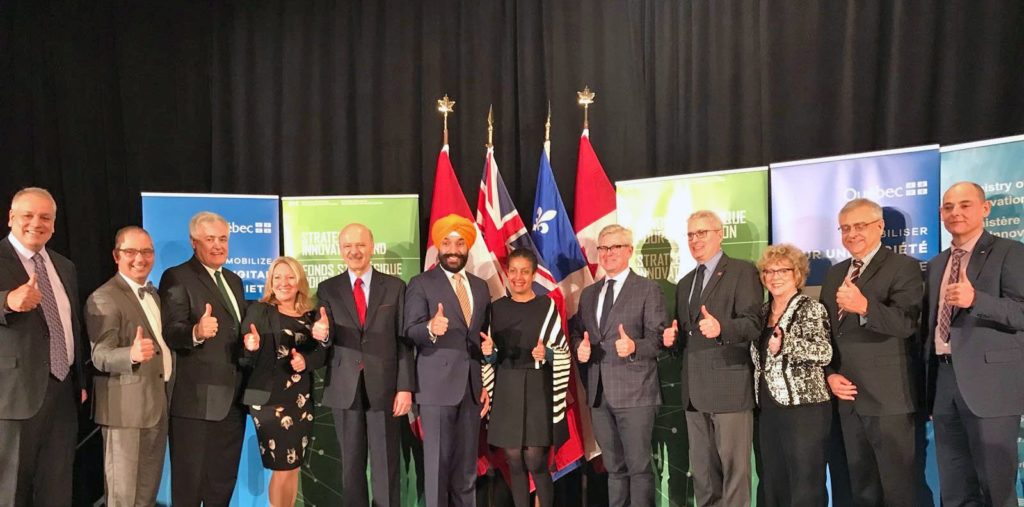1.) New App is Live on Indian Phones
The Disney+ Hotstar streaming is now official in India and the app has been upgraded to reflect the new Disney+ branding. The service was supposed to go live on March 29 earlier, but there was a delay given the coronavirus outbreak. The Hotstar app is now known as Disney+ Hotstar and there is a dedicated Disney+ tab in the app to showcase original contents like Disney movies, cartoons, TV shows, etc.

The subscription continues at the earlier prices of Rs 999 per year or Rs 365 per year respectively but the new prices for Disney+ Hotstar at Rs 1,499 per year for the Premium service. For the VIP option, you will have to pay Rs 399 per year. Both will offer an ad-free experience. The Disney+ original shows are limited to those who are paying for the premium service. VIP users get access to content in different Indian languages but for English language shows, you will have to upgrade to premium.
The ad-based free content is still accessible for those who want to watch it for free. Just note that it does not include any of the Disney+ content or Hotstar originals, or premium content, which was anyway limited to paying subscribers.
If you want to upgrade then the existing subscriber can automatically be upgraded to the respective new subscription plan. You do not have to take any extra steps to see the Disney+ content. Just update the app on your device.
2.) Canadian province Ottawa profits from 5G
Advanced wireless technology has led the tech world to its 5th generation of wireless communication and Ottawa has struck Gold with it.
This city is the first one in Canada to tell and use 5G and its 1st service will be in Vancouver, Toronto, Ottawa and Montreal. Whereas, other companies like Bell and Telus are preparing to launch its own 5G by next year. Also, Ottawa is actively taking part in 5Gresearch and development.
In a press release Joe Natale, President and CEO of Rogers said, “5G will not only power businesses, it will fuel entire industries and drive Canada’s digital future.” Furthermore, the director of digital economy technologies at the Ontario Centers of Excellence Mr. Philippa King stated, “We’re really looking at scaling, Ottawa & Ontario companies and helping them to go to market, which will effectively then just create jobs and build strong Ontario companies.” He also added that the partnership between Carleton University and Ericsson, an Information and Communication Technology service provider could help address the current lack of industry professionals with 5G expertise by “developing that next generation of talents.”

As per a report drafted by Accenture Strategy in 2018, the estimated economic impact of 5G deployment in Canada will bring an incremental increase in the gross domestic product to $40 billion by 2026 and it is estimated the industry will add around 250,000 new jobs to the economy by then.
Dissection of 5G:
5G devices and machines will increasingly talk directly to each other and will address issues in the areas of connectivity, latency and bandwidth.
Latency- Latency refers to the time it takes from when a request is made by the user to the time it takes for the response to get back to that user and the latency of 4G is about 50 milliseconds, up to eight times faster than the average blink of an eye but with 5G, the response time will be reduced to about one millisecond.
Bandwidth- Additionally we will see an increase in network quality and speed, which is measured in bits per second. 5G speeds could reach up to 20 gigabits per second — 10 to 100 times faster than 4G — making it possible to download a full-length movie in seconds. The low latency and high speed are among the factors that make 5G well suited to autonomous driving, for example, where rapid response times are critical.
As there are pros to this there are cons as well, for example: –
- These waves can’t easily travel through obstacles and can’t travel far. To combat this, researchers are developing specialized reflectors to redirect radio waves to extend coverage.
- Phones using the current 4G network won’t be compatible with 5G, though 5G phones will be able to use 4G. So far, Samsung, LG, OnePlus, Motorola and Huawei have released 5G-compatible phones, with more on the way.
- The major complicating factor is a decision Canada faces on whether to allow equipment from the Chinese firm Huawei in the country’s 5G network. The U.S. is pushing Canada (among other nations) to lock Huawei out, citing concerns about national security.
3.) Seattle Uses Old and New Tech to beat COVID-19
Seattle was the first major area of corona outbreak. But now with a mix of Government orders, Societal pressure and tech innovations, it has become a successful leader in fighting the pandemic.
The city of Microsoft along with the other new technologies like Zoom, Slack, PowerPoint etc. have developed the ability to convey information remotely, which has apparently become the major hub for online meetings. Whether we all agree or disagree, PowerPoint is the new It in technology.

In 1992 when Ross Perot ran for the President, he gave the idea of “Electronic town halls” voters could see their leaders and respond immediately with questions and comments by elected officials. The idea seemed like science fiction at the time. However today, Twitter, YouTube, Facebook Live and various other screen sharing programs have made that concept a reality.
Technology titans Microsoft and Amazon, have taken the lead by offering numerous government briefings, including a weekly Wednesday online meeting hosted by the Mayor’s Office of Economic Development. This week, the meeting featured PowerPoint presentations by the Small Business Administration with information on applying for the disaster relief loans, the Washington Employment Security Department with facts about applying for unemployment and the mayor’s office itself, with updates on rules, opportunities, and innovations.
These live interactions with elected officials and staff at a time of crisis give leaders a chance to calm fears and convey actionable information. The effect is 180° away from cable news, polemics or comments in news articles. Viewers are given statistical updates, facts sheets, and links that can help them find the information they need.
Later in the day, Congresswoman Pramila Jayapal ended the session with words of encouragement: “We can defeat this. People must pay attention to the ‘stay home stay healthy’ order. Take caution when you go out. Our hearts are big. Our resolve is strong. And we will get through this.”
Ross Perot’s vision had come to life and today, nearly 30 years later, PowerPoint is still going strong, though virtually all the technology around it is new. Seattle’s embrace of technology old and new is setting an example for other government entities to follow as they seek to lead and inform the citizens during this tough time of crisis.
